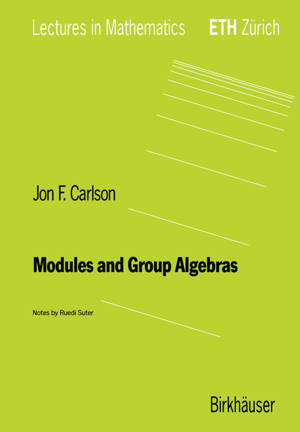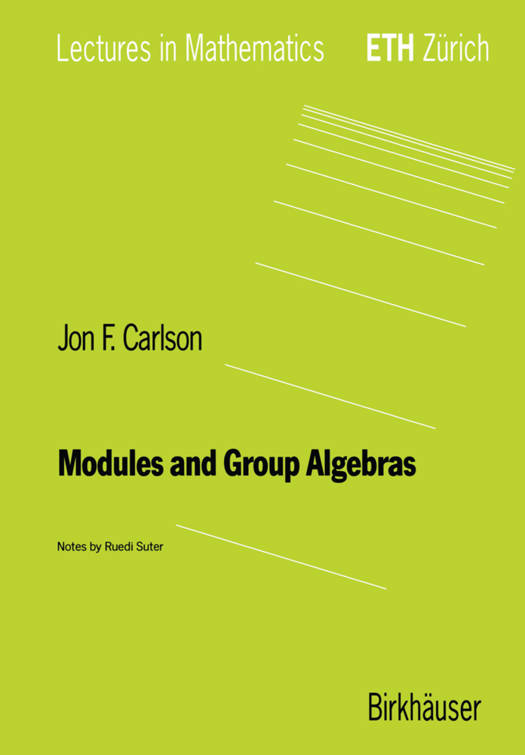
- Afhalen na 1 uur in een winkel met voorraad
- Gratis thuislevering in België vanaf € 30
- Ruim aanbod met 7 miljoen producten
- Afhalen na 1 uur in een winkel met voorraad
- Gratis thuislevering in België vanaf € 30
- Ruim aanbod met 7 miljoen producten
Zoeken
€ 31,95
+ 63 punten
Omschrijving
The notes in this volume were written as a part of a Nachdiplom course that I gave at the ETH in the summer semester of 1995. The aim of my lectures was the development of some of the basics of the interaction of homological algebra, or more specifically the cohomology of groups, and modular representation theory. Every time that I had given such a course in the past fifteen years, the choice of the material and the order of presentation of the results have followed more or less the same basic pattern. Such a course began with the fundamentals of group cohomology, and then investigated the structure of cohomology rings, and their maximal ideal spectra. Then the variety of a module was defined and related to actual module structure through the rank variety. Applications followed. The standard approach was used in my University of Essen Lecture Notes [e1] in 1984. Evens [E] and Benson [B2] have written it up in much clearer detail and included it as part of their books on the subject.
Specificaties
Betrokkenen
- Auteur(s):
- Uitgeverij:
Inhoud
- Aantal bladzijden:
- 92
- Taal:
- Engels
- Reeks:
Eigenschappen
- Productcode (EAN):
- 9783764353896
- Verschijningsdatum:
- 29/02/1996
- Uitvoering:
- Paperback
- Formaat:
- Trade paperback (VS)
- Afmetingen:
- 178 mm x 254 mm
- Gewicht:
- 199 g

Alleen bij Standaard Boekhandel
+ 63 punten op je klantenkaart van Standaard Boekhandel
Beoordelingen
We publiceren alleen reviews die voldoen aan de voorwaarden voor reviews. Bekijk onze voorwaarden voor reviews.











